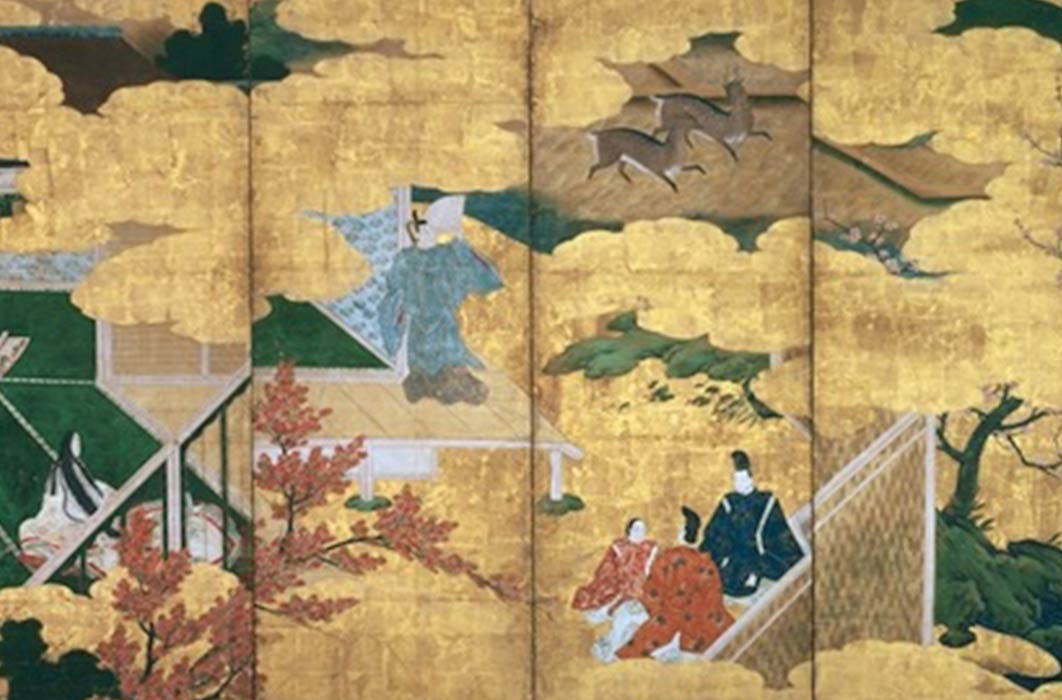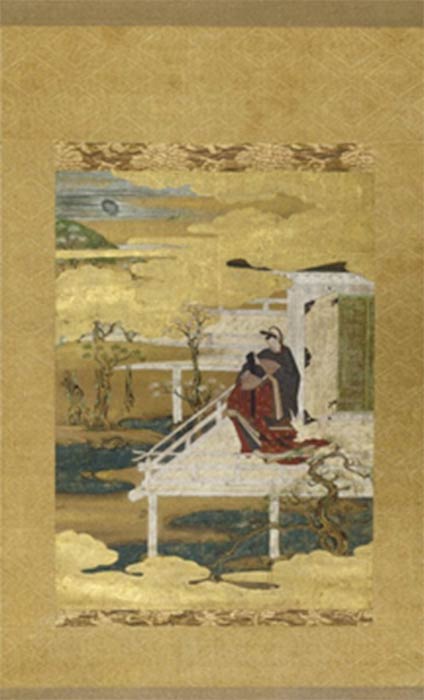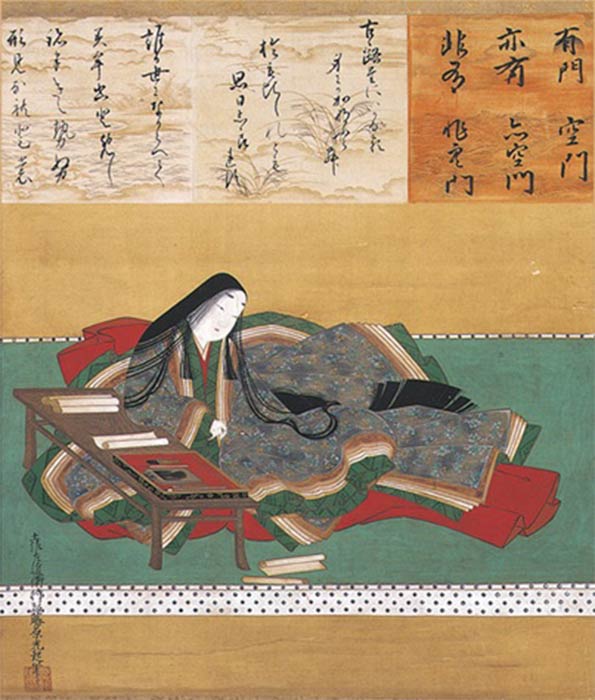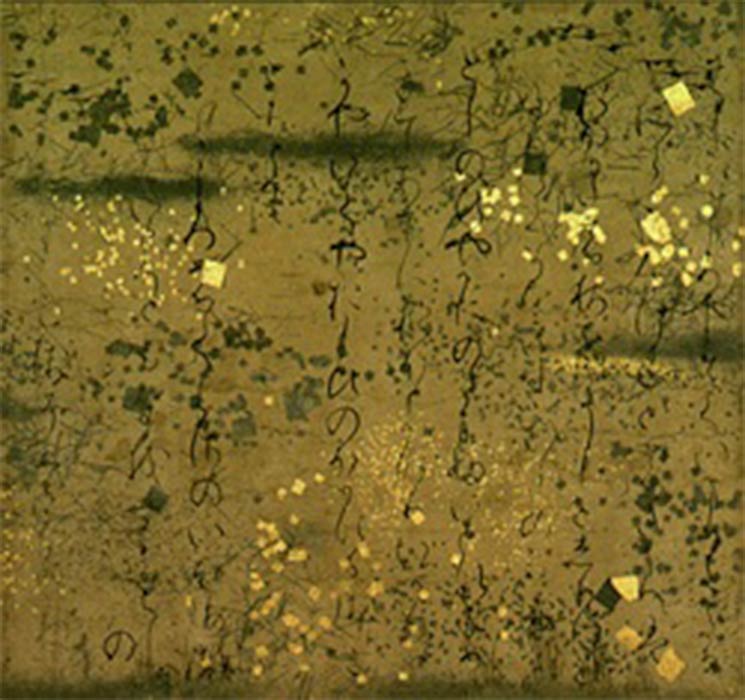
The Poetry Behind the Tale of Genji, A Heian Prince of Japan
Written in the early 11th century Japan, Genji Monogatari (源氏物語, The Tale of Genji) vividly describes the complex life and relationships of Genji, a handsome courtier, an excellent lover and a worthy friend. At its most basic, the Tale of Genji serves as an introduction to the culture of the aristocracy in early Heian Japan (794 – 1185 AD) ranging from its forms of entertainment, dress and daily life to a strict moral code.

Late-16th- or early-17th-century hanging scroll in ink and gold leaf illustrating a scene from Genji. (Public Domain)
Despite being written in a notoriously complex style, incorporating many nuances and over 800 inserted poems, the novel secured its popularity as a timeless classic and since its publication it has been immensely influential in Japanese literature and thought. It has been read, studied, alluded to, quoted and imitated in countless Japanese literary works and theatre ever since. The oldest onnae (scroll paintings) from Japan, believed to have been painted in the 1120s or 1130s AD, contain 19 illustrations from Genji Monagatari.

Murasaki Shikibu, author of Tale of Genji by Tosa Mitsuoki (17th century) (Public Domain)
The original manuscript of The Tale of Genji was composed by Murasaki Shikibu, a lady in attendance at the Japanese court. Apart from being a graceful work of imaginative fiction in itself, it is also infused by a comprehensive knowledge of Chinese and Japanese poetry.
The Trouble With The Tale Of Genji
As with many classical works, The Tale of Genji presents a certain degree of difficulty. The high level of modesty and decorum of the court life presents a complication for readers and translators. The Heian-era court manners considered it unacceptably blunt and too familiar to freely refer to a person by their given name. Therefore, instead of giving an explicit, instantly-recognizable name, the characters are referred to by their function or role (Minister of the Left), an honorific (His Excellency), their relation to other characters (Heir Apparent), words used at a meeting, by the rank of a prominent male relative if the character is a woman, and even the color of their clothes. All of these naturally change as the character marries or assumes a new position, or even simply changes clothes as the novel progresses.
Then there is the trouble with the language. The Tale of Genji was written in an ancient language of the court that became unreadable just a century after it was written. So even native Japanese speakers would have read annotated and illustrated versions of the work since the 12th century. Even without this issue, Murasaki's language, the Heian period court Japanese, was highly inflected with a very complex grammatical structure, thus making it difficult even for an average person of the era to master.





